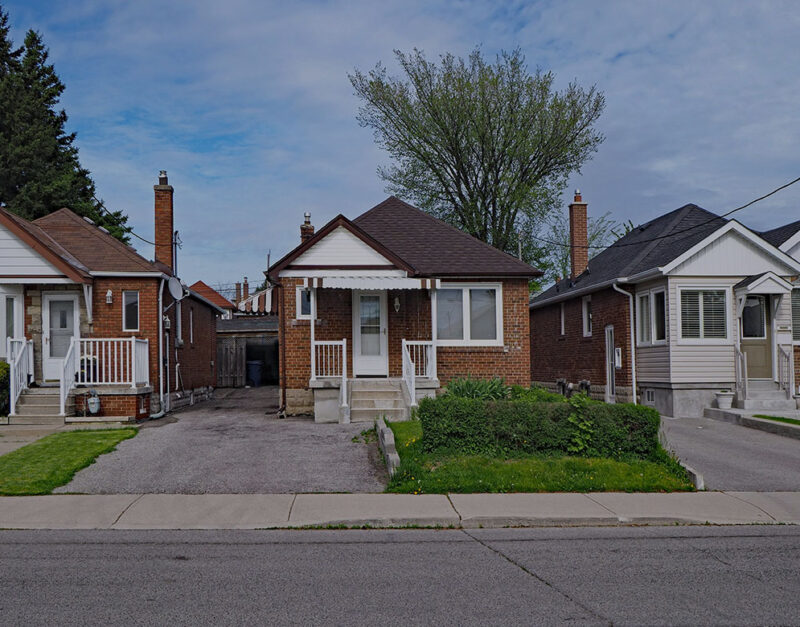 May 17, 2023
May 17, 2023 Race can be related to health outcomes. Black and Indigenous women have higher maternal mortality rates. Black and Hispanic Americans are more likely to be uninsured. Asian Americans are more likely to get liver cancer. Native Hawaiians are more likely to die of cancer than any other ethnicity in Hawai’i. Asian Americans, Native Hawaiians, Hispanic, and Black people are more likely to die from COVID-19.
Although socioeconomic factors play into these statistics, environmental racism is a critical concern when looking at the health of non-white Americans. And recent publications show just how much more likely non-white communities are to have dangerous levels of air pollution.
Louisiana’s Cancer Alley & Environmental Racism
For many years, residents in the St. James Parish along the Mississippi River in Louisiana have known something is wrong. The preponderance of chemical plants along this stretch of river means the air and water is highly polluted, and the mostly Black residents have felt the health effects. Since the 1980s, the people who live in this area have seen much higher than usual rates of cancer, birth defects, and respiratory diseases.
The Environmental Protection Agency has long been criticized for not taking earlier action to protect St. James residents. But that has changed. The EPA’s civil rights compliance program has reached out to the state of Louisiana to inform them that their methods of mitigating air pollution and health risks are negatively affecting Black residents of the state. Even though data has shown that concentrations of known carcinogenic chemicals are much higher than EPA limits, the state has allowed more chemical plants to begin building and current ones to expand. The EPA has asked the state to move children from highly contaminated schools, more fully examine cumulative effects of multiple permits approved by the state and establish more appropriate air quality limits. The EPA wrote this letter in response to civil rights complaints filed by the Sierra Club and other groups.
Pollution Levels and Property Values
Research published in the journal Nature Communications shows that, nationwide, non-white communities have more air pollution — twice the fine-particulate pollution and 10 times the toxic metals in the air. This study shows that non-white populations who live areas with high toxicity levels are more likely to have diabetes, high blood pressure, asthma, birth defects, premature births, and cancer. And according to the Centers for Disease Control and Prevention, “These disparities sometimes persist even when accounting for other demographic and socioeconomic factors, such as age or income.”
For years, government economic policy provided more benefits to neighborhoods with higher property values – “desirable neighborhoods” – and less to neighborhoods with lower property values – “less desirable neighborhoods.” Not surprisingly, many of these “less-desirable neighborhoods” tended to be those with high concentrations of Black and immigrant residents. Over time, local officials and businesses worked together to build businesses that tended to pollute more in neighborhoods with lower property values. This practice kept those businesses out of the most desirable areas in big and small cities. This has led to the appearance of environmental racism.
The researchers do have solutions to help mitigate the damage and improve air quality in the affected neighborhoods. Recent regulations on marine fuel oil have reduced vanadium pollution overall, lowering the racial disparities in vanadium pollution in coastal waters. If local, state, and federal authorities enact more environmental regulations across the board, they can help reduce pollution disparities and, over time, the racial disparities in health could be minimized. Environmental cleanup projects focused on polluted areas will also help improve pollution exposure. These are long-term solutions, though, so racially biased health outcomes will require time to change.
How We Help Birth Defects Victims
Seek justice with the help of our experienced birth defects attorneys. Our alliance of birth defects victims’ attorneys has represented people like you affected by birth defects caused by toxic exposure, aggressively fighting the corporate giants who failed to protect vulnerable workers. If you or a loved one was exposed to chemicals while pregnant and now have a child who suffers from a life-altering birth defect like spina bifida, muscular dystrophy or cerebral palsy, we can help.


